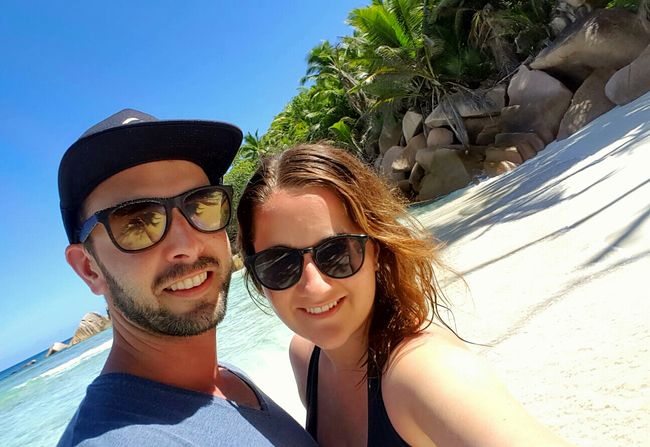Week 3 - Kenya, Uganda
Გამოქვეყნდა: 18.12.2018
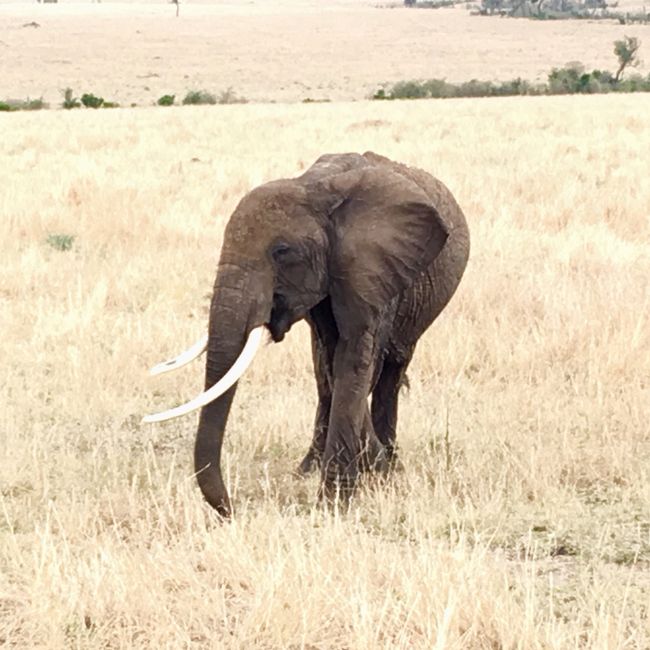
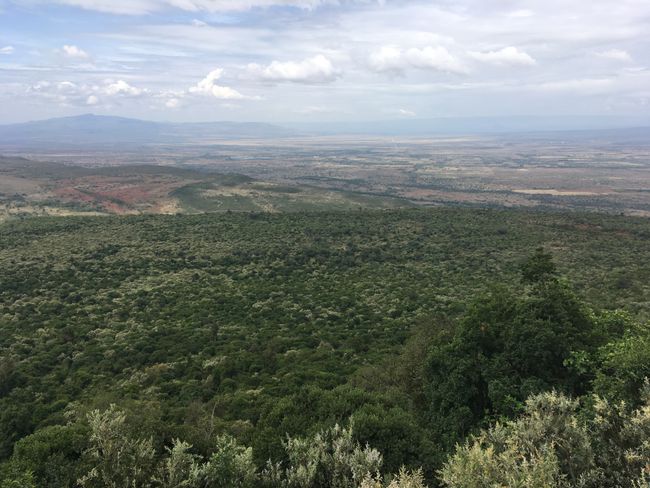
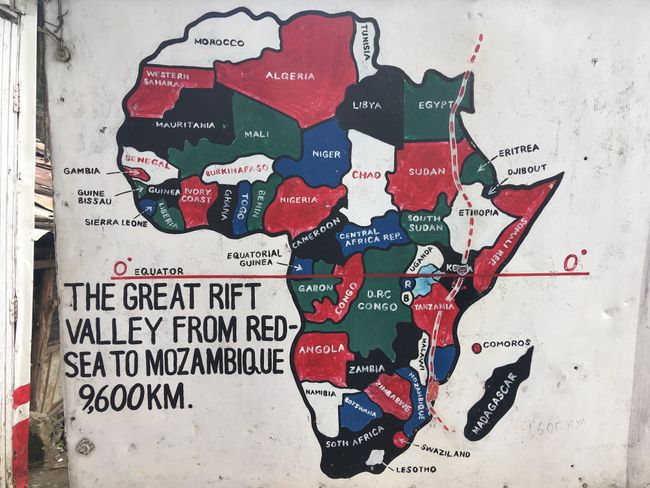
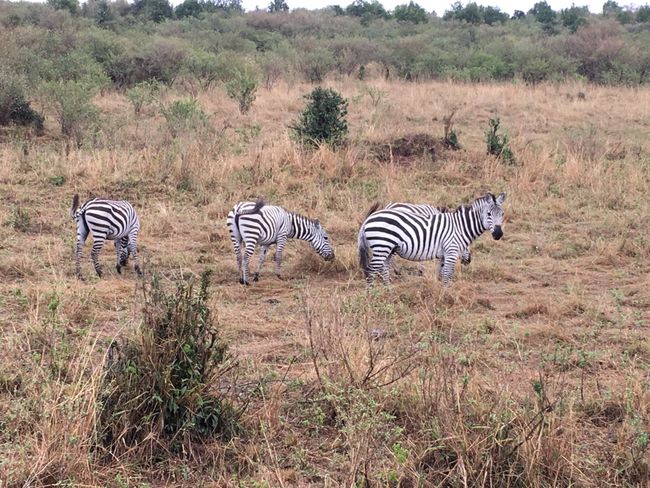
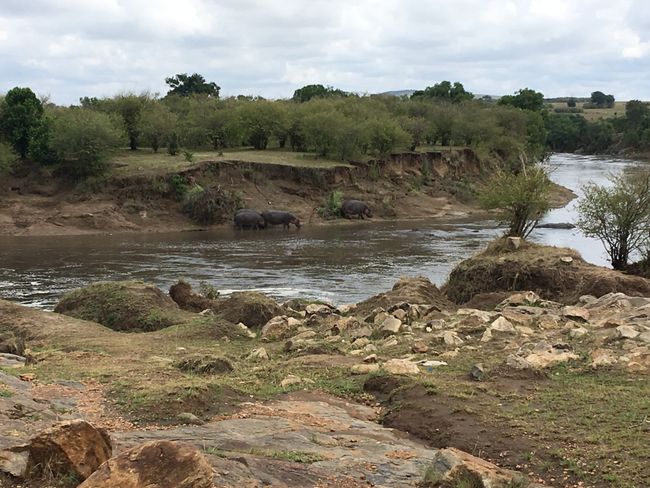
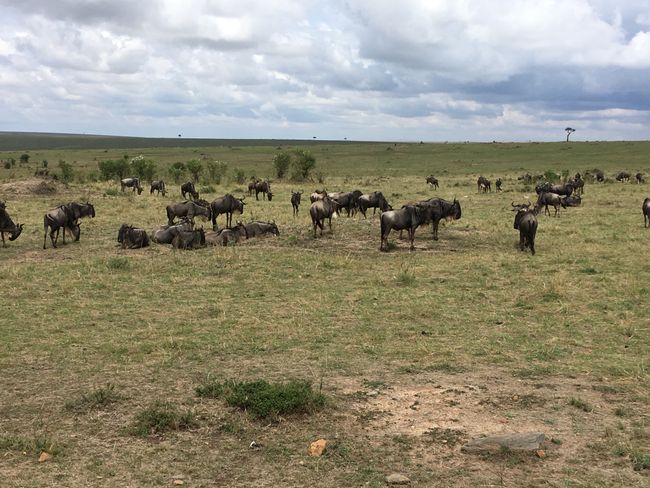
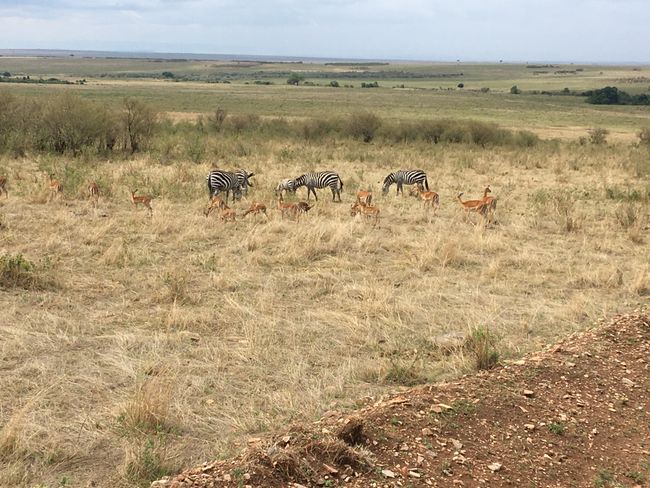
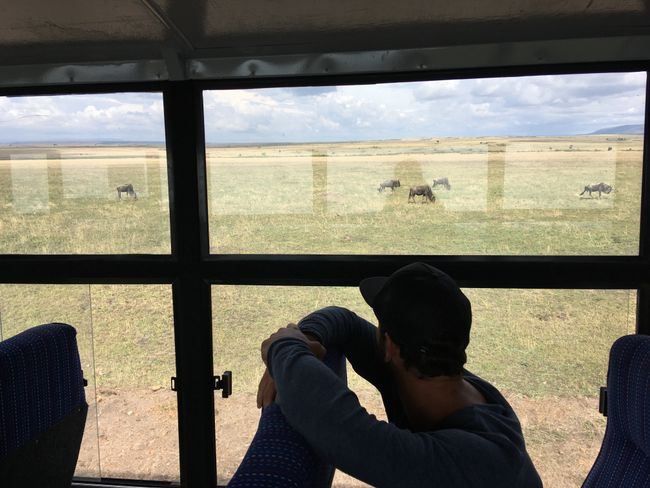
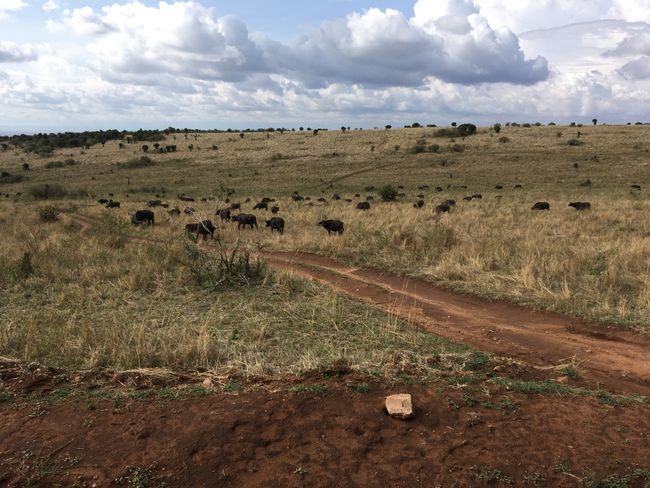
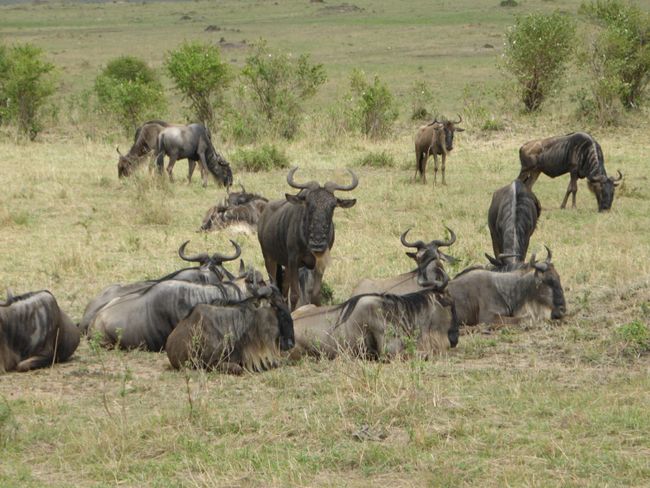
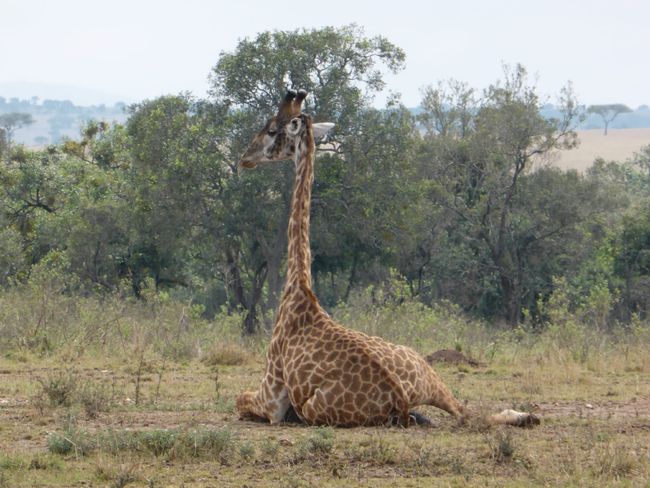
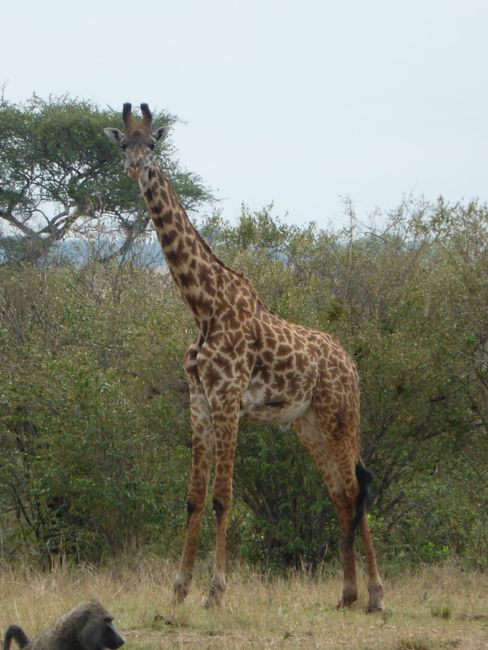
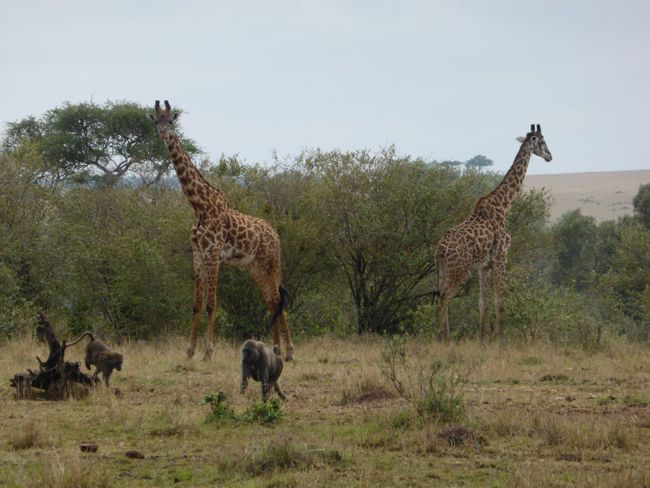
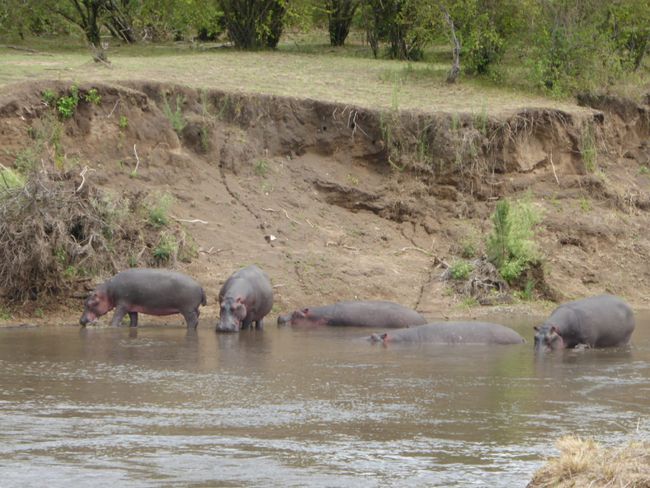
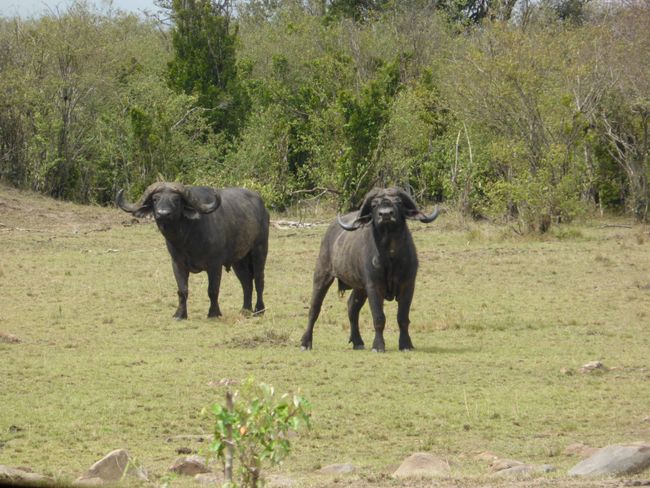
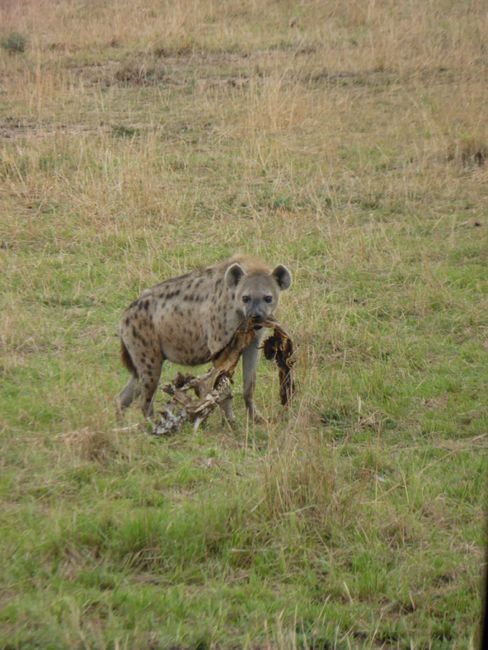
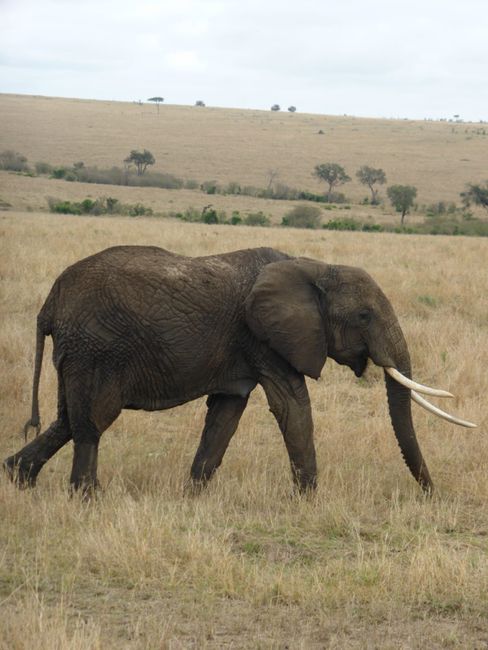
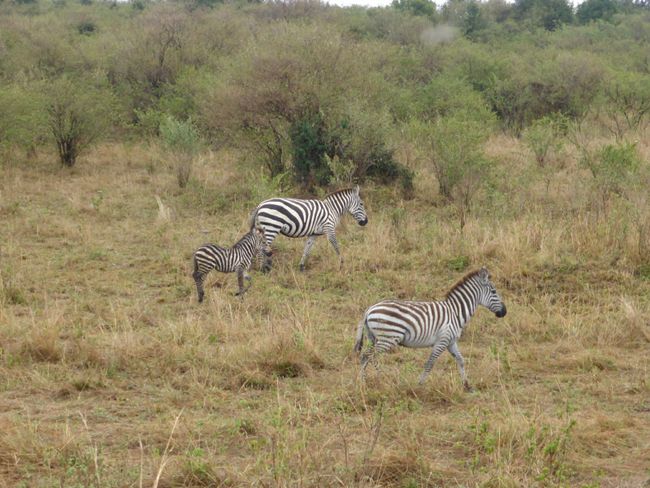
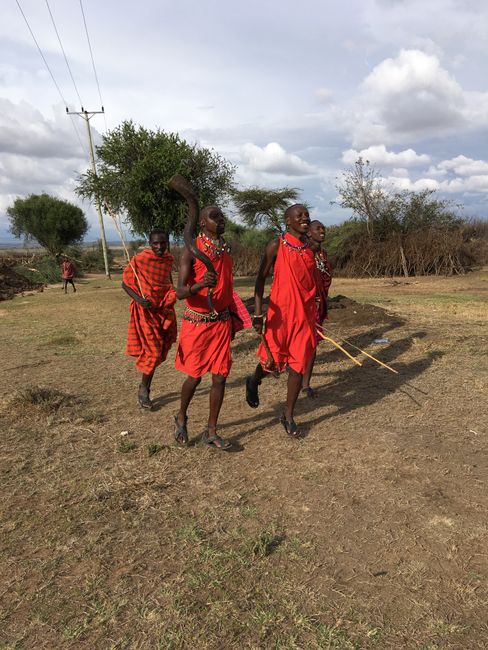
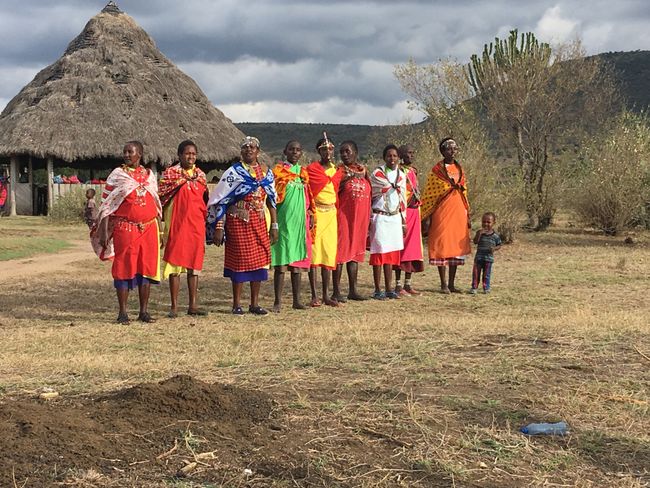
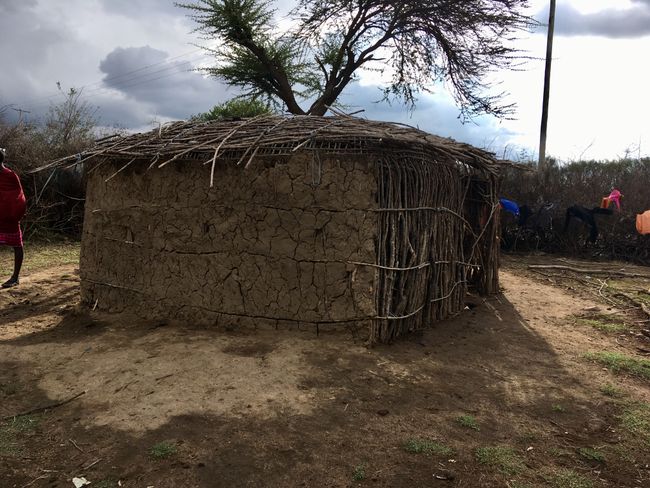
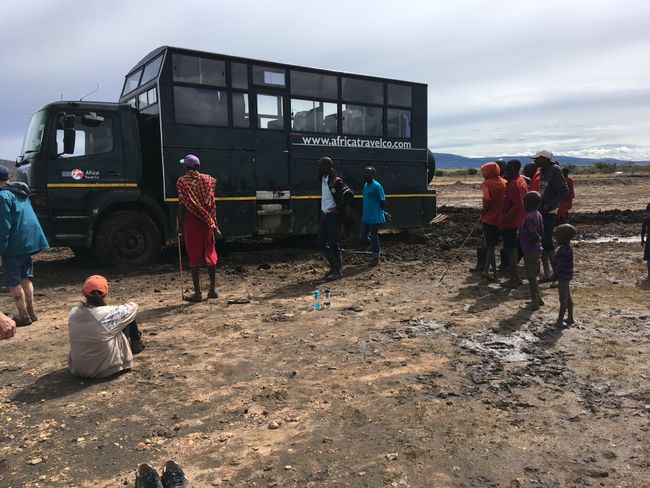
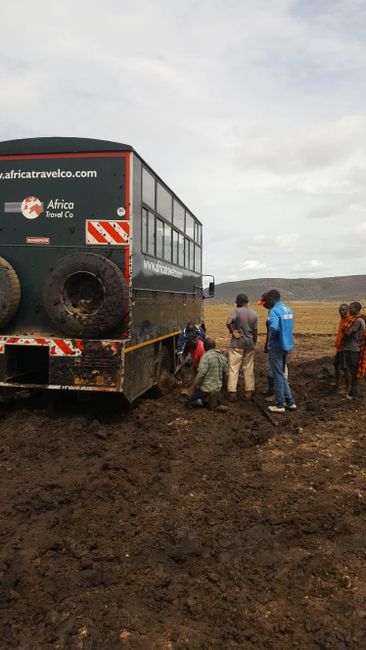
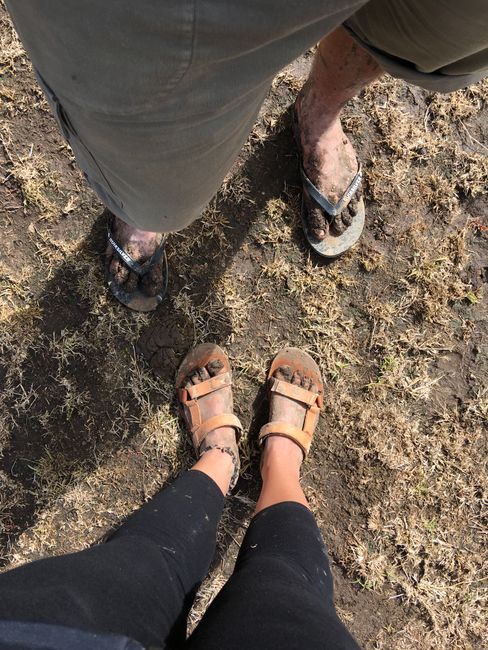
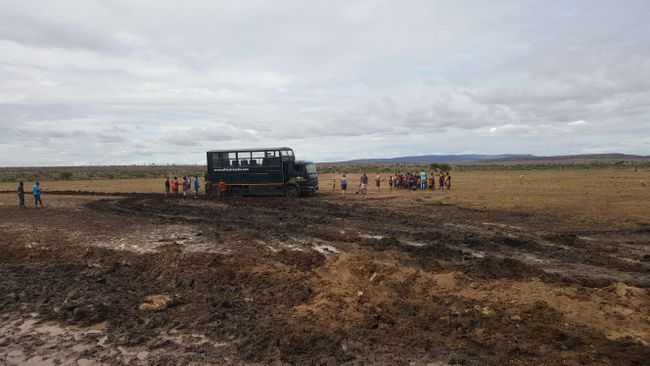
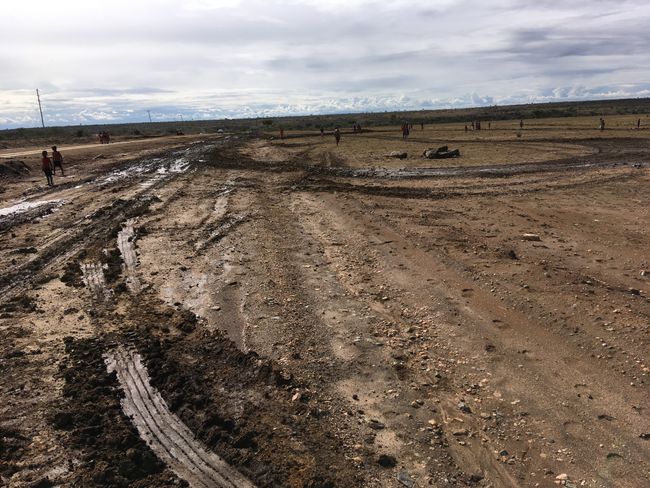
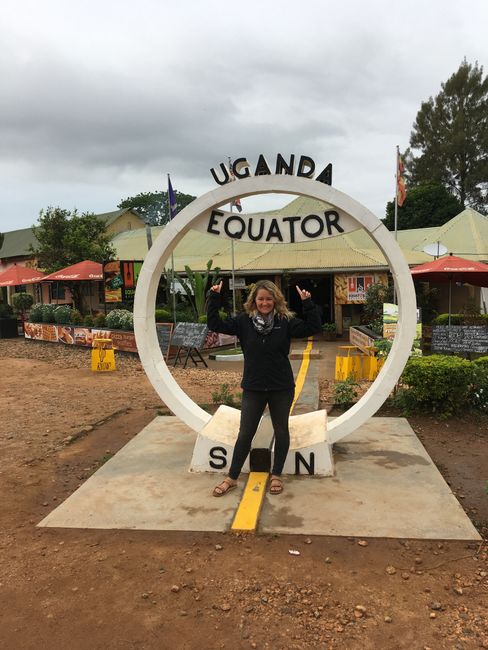
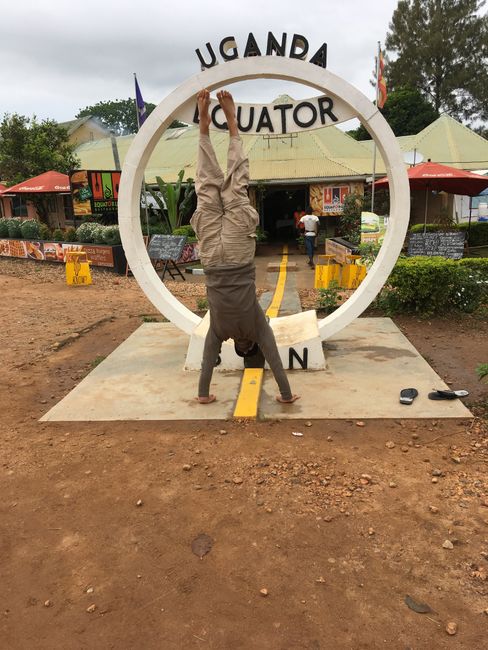
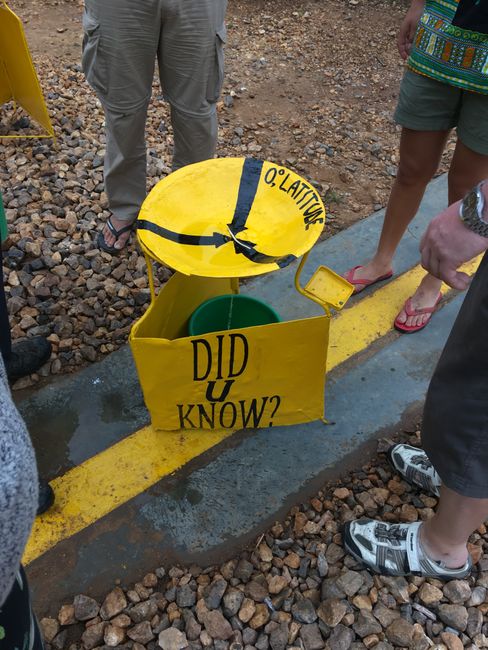
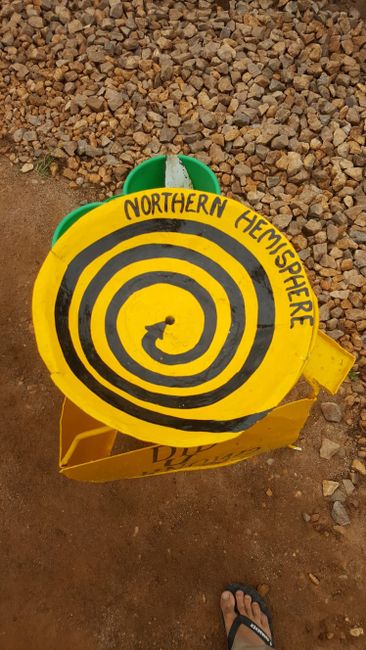
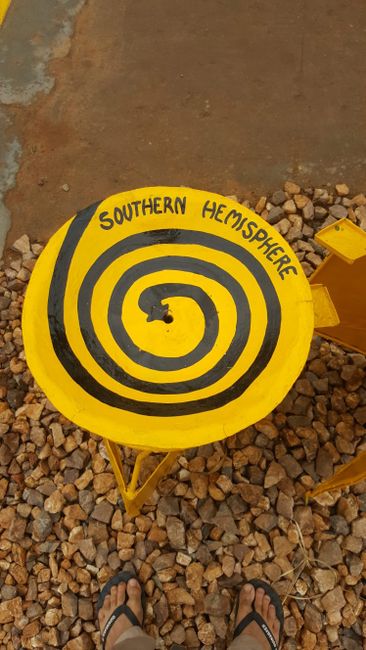
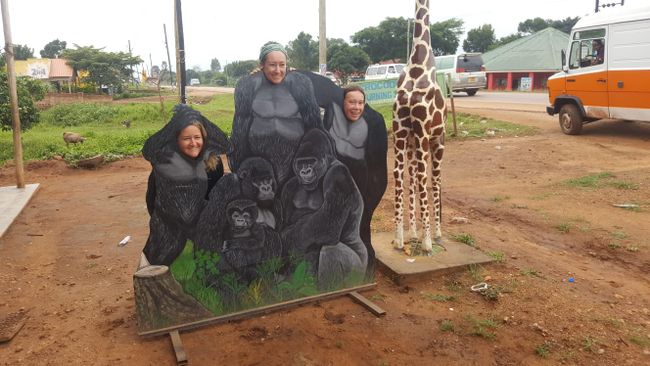
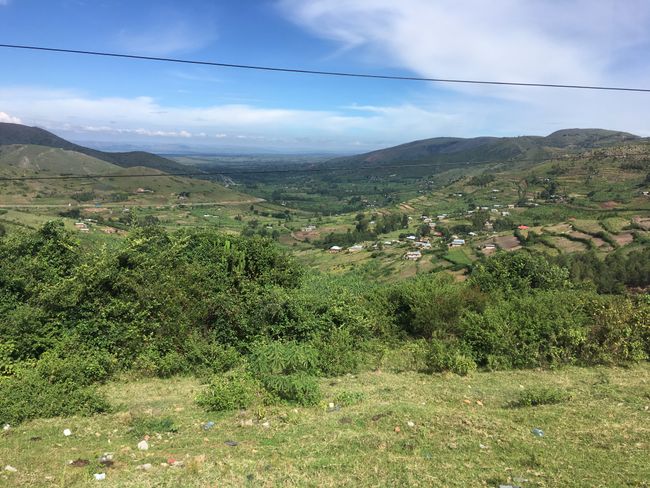
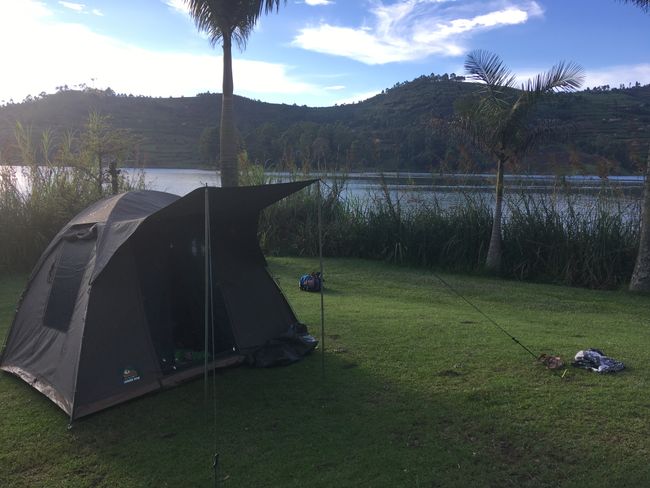
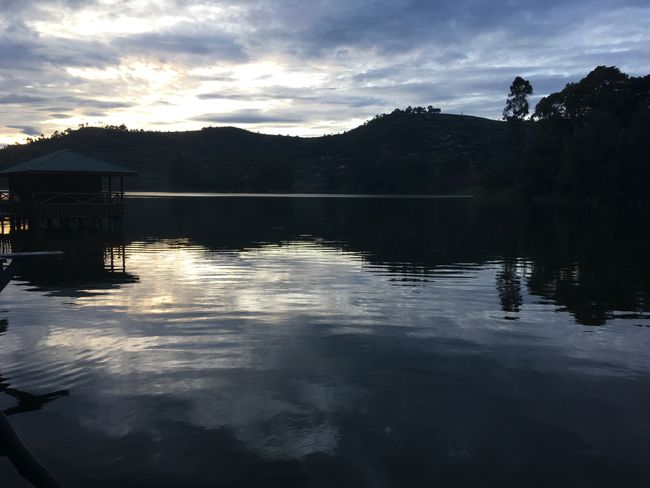
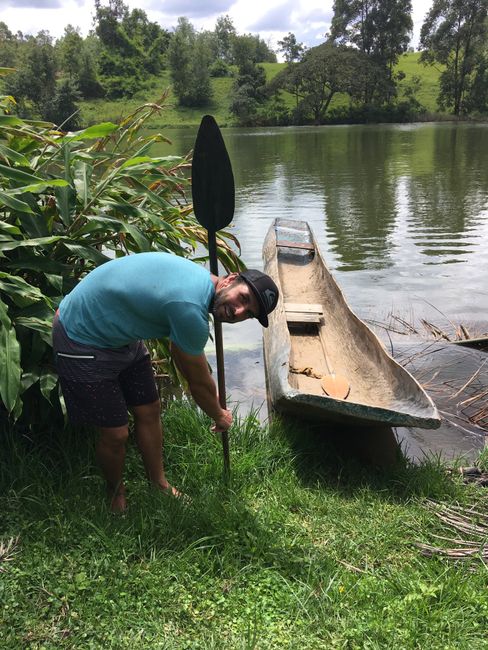
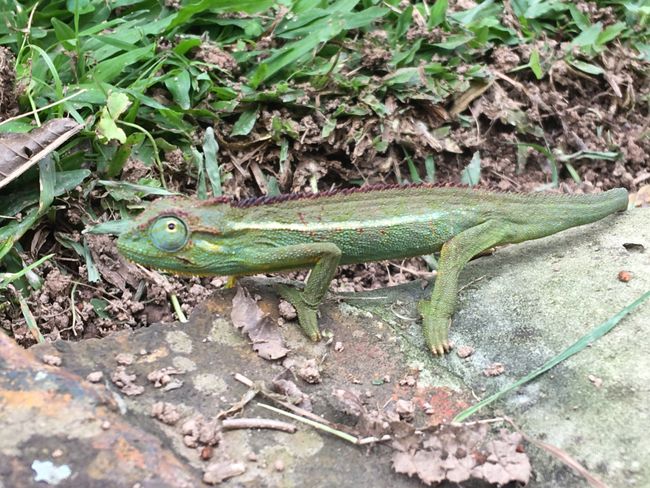
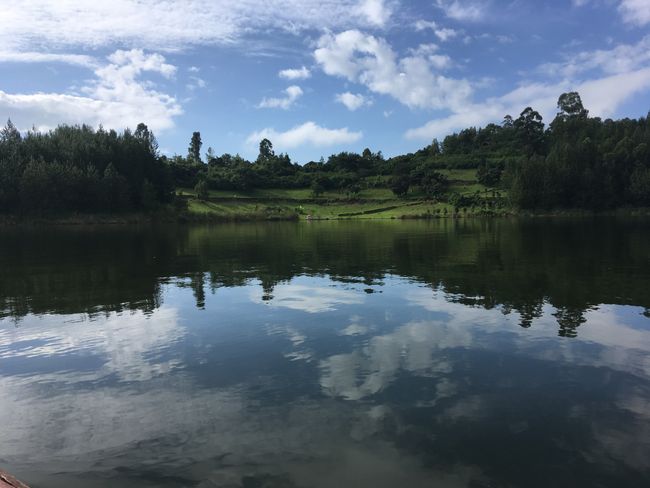
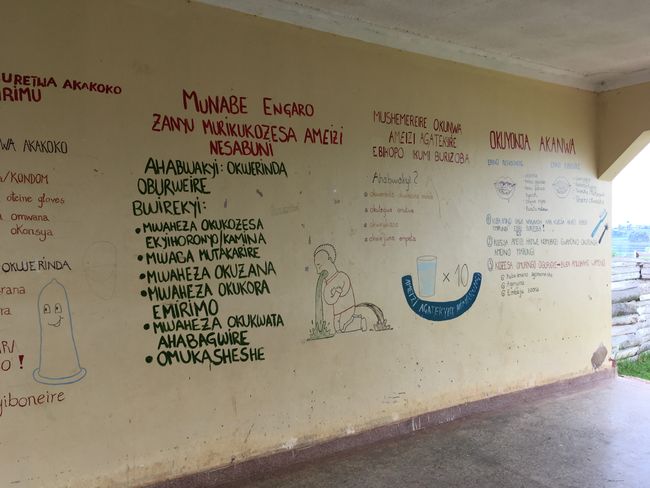
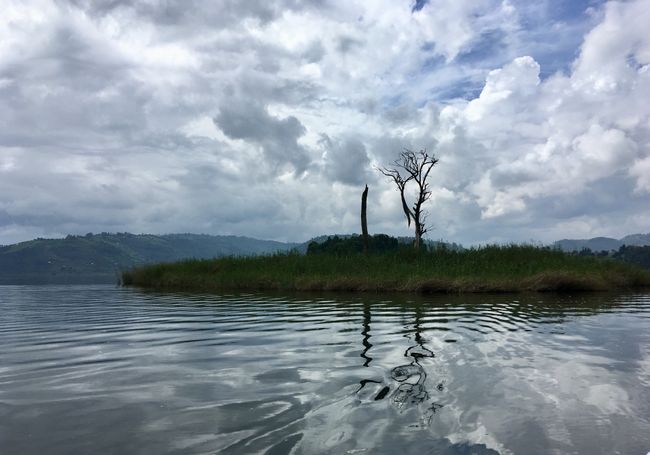
Გამოიწერეთ Newsletter
Sunday, December 9
After meeting our travel companions (we are a group of 11 people) for the next few weeks the previous evening, we set off promptly at 9:30 am. Our truck weaved through the traffic from Nairobi out of the city. We climbed the steep slope to our first stop, a viewpoint overlooking a section of the spectacular Great Rift Valley. We descended into the Rift Valley and thus entered Maasai land. We passed through the town of Narok and finally reached our campsite (Acacia Camp) after a 7-hour drive. For the first time, we had to set up the tent with a headlamp.
Monday, December 10
Shortly after sunrise, we embarked on our game drive in the Maasai Mara Reserve. The Maasai Mara is known as one of the best national reserves in East Africa and is home to a variety of wildlife species. We were not disappointed and saw many animals. Lions, zebras, giraffes, wildebeests, buffalos, antelopes, ostriches, wild dogs, warthogs, hyenas. We ate the sandwiches we prepared in the morning on the banks of the Mara River, overlooking hippos and crocodiles. We left the reserve around 4:00 pm and on our way back to our campsite, we visited a Maasai village. They performed dances for us and we were allowed to see inside their huts. The Maasai are a nomadic people who mainly rely on their livestock, cows and goats, for food. They consume blood, milk, and meat. They extract blood from the cows monthly by hitting the jugular vein with an arrow, taking a small amount of blood and then closing the wound. It's like blood donation for us humans. The Maasai do not cultivate or eat vegetables or fruits. They live in small mud huts built by the women. A hut lasts a maximum of 6 years, then they either move on or have to build a new one. The men take care of the livestock and the women determine the village life. The Maasai practice polygamy, meaning a man has multiple wives. In earlier times, men had to kill a lion to prove their bravery and earn the right to marry a woman, but due to conservation efforts, they had to change their tradition and nowadays men pay about 250 cows per wife.
Unfortunately, it soon started to storm heavily. And a storm in Kenya seems to be quite powerful. Torrential rains came from the sky until the early morning hours.
Tuesday, December 11
On this day, we wanted to cover 412 kilometers. A 'driving day' it was. Destination: Eldoret, just before the border with Uganda. Emphasis on 'wanted'. We knew it would be a long day because the roads in Kenya are almost all unpaved and with the heavy rain from the night before, it was bound to be a bumpy ride. It was agreed that we would depart at 6:00 am. That meant getting up at 4:50 am, showering, dismantling the tent, breakfast. It was still raining. Unfortunately, it turned out as expected... after about 3 kilometers, we got stuck. Putting stones under the wheels, digging out the tires, pushing with all our strength... nothing worked. We moved a few meters, but immediately got stuck again in the mud. We even risked falling into the roadside ditch. Eventually, even the rain jacket was useless. We were soaked, freezing, and knee-deep in mud. Eventually, a truck came to rescue us. Unfortunately, without success. It got stuck too. By now, we had been stuck for a good 5 hours, but at least it had stopped raining and the sun appeared. After another 4 hours and several more attempts, an excavator (they were doing road work several kilometers away) arrived and finally managed to pull us out. It was now 4:00 pm and we still had over 400 kilometers ahead of us. Our original destination for the day was no longer reachable. We collectively decided to at least drive as far as possible to get as close as possible to the border with Uganda. We reached Kericho again at 11:30 pm in pouring rain. The last kilometers were nerve-wracking once again. It started raining heavily again and the roads were soaked. Looking back, we probably had some guardian angels to make it through those last few kilometers safely.
Hungry, exhausted, and still with legs covered in mud, none of us wanted to set up the tent in the pouring rain. Since the campsite in Kericho also offered rooms, we all took a room. Everyone first washed off the dried mud from their legs.
In retrospect, we can probably say that those 9 hours in the mud were a real experience. It gave us unforgettable encounters with the Maasai. We were stuck in the middle of nowhere. Only a few Maasai villages were within reach. We became the attraction and at times, all the people from the villages gathered around us. Curiosity won over shyness and eventually, we found ourselves in the midst of the many children, women, and men. The children learn English in school, among other subjects, so communication was relatively good. To pass the time, we played games with them. Many of the Maasai had never seen a white person before. A teenager asked if his skin would also turn white if he were to go to Europe. A boy touched my little finger and marvelled at it from all sides. The color of my hand was repeatedly compared to theirs. When asked what their favorite food was, the most common answer was cow blood mixed with goat milk. At night, they have to barricade their village with dried branches. The lions have already killed too many of their goats. The answer to the question of whether they also play football made me pensive. Of course, they do. They even have their own football team, but unfortunately, they don't have a ball to play with. I wished I had brought a ball with me.
Wednesday, December 12
Since we hadn't reached our destination from yesterday, we had no choice but to leave early again at 6:00 am. The night in a warm, comfortable bed was short. Our next stop was the border with Uganda. We were able to cross it without any problems. We exchanged some Kenyan shillings for Ugandan shillings and continued to Kampala, the capital of Uganda. Uganda is also known as the 'Pearl of Africa'. It is home to one of the most important attractions in Africa. This country has four of the seven largest lakes in Africa, including Lake Victoria, the second largest freshwater lake in the world. Uganda is a small country. The landscapes range from the fertile green areas on the northern shore of Lake Victoria to the snow-covered Ruwenzori Mountains in the west and the semi-desert region in the north. The political instability that has plagued Uganda in the past has actually had the positive effect of keeping the country free from the commercialism that is so widespread in other parts of Africa. The current government has made significant efforts and investments to restore Uganda to its former status as one of the wealthiest and, from a tourist perspective, one of the most attractive and interesting countries. It is noticeable that the landscape changes immediately after the border. While Kenya was mostly wide, flat, and barren, Uganda is very green, covered with vegetation and planted with banana plantations and cornfields, and hilly. Additionally, it is noticeable that the cows have incredibly long horns. Supporters of the Cow Horn Initiative would be ecstatic at the sight :-). The roads are also in good condition. Almost all main roads are paved.
However, it still took us several hours for the last kilometers to Kampala due to heavy traffic. We arrived again after sunset. Another day with over 12 hours of driving behind us. We are all exhausted from the past few days.
Thursday, December 13
Our next destination was Lake Bunyonyi. We were all looking forward to it because we planned to spend four nights on the lakeshore. Lake Bunyonyi is one of those spectacular lakes with its mythical landscapes and hidden bays. It is the second deepest crater lake in Africa (900 meters deep) and home to a large and diverse number of beautiful birds. Lake Bunyonyi is also the base for gorilla trekking. However, we decided not to do it as it costs an additional $720 per person, which we considered disproportionate. But our other travel companions enjoyed it very much.
Since we all wanted to arrive in daylight for once, we decided to leave very early in the morning to avoid the traffic chaos in Kampala. We had another 400 kilometers ahead of us. So, it meant getting up at 4:20 am, dismantling the tent. Breakfast at 5:00 am, departure at 5:45 am. We made a short stop at the equator and can now count ourselves among those people who had one foot in the northern hemisphere and one in the southern hemisphere at the same time. We tested the fact of water flowing in different directions (clockwise or counterclockwise). After a short shopping stop in Kembale, we arrived at Lake Bunyonyi at 5:00 pm. Our campsite (Lake Bunyonyi Overland Camp) is in a beautiful location. We set up our tent directly on the lakeshore.
Friday, December 14
For once, we could sleep in. Breakfast was served at 8:00 am. The night was cold. We are at an altitude of about 2000 meters. Fortunately, the sun appeared soon. We washed our clothes, swam in the lake, and explored the bay with a rented wooden canoe. It feels good to not spend hours in the truck for a change. In the evening, we celebrated the birthday of Dave, an English fellow traveler, and ended the day by the campfire.
Saturday, December 15
In the morning, we took a guided tour on the lake. The surroundings are truly beautiful. There are many small islands on the lake. Zebras and antelopes were even introduced on one of the islands. So, we could see the wildlife from our boat. We also visited a hospital.
But behind all the beauty of the lake, there is also a sad story. The island of Akampene in the center of the lake is just big enough to accommodate a lonely tree that grows there. The small mound of mud and grass is better known as 'Punishment Island'. It got its name because unmarried pregnant women, after being forced to have an abortion, were abandoned there to suffer a slow and agonizing death. The abandoned women, most of whom couldn't swim, often had only a tiny chance of getting away from there: men who couldn't afford a dowry often rowed to this island and claimed one of the abandoned women for themselves. This inhumane punishment for unmarried pregnant women allegedly continued until 1986. It wasn't until Yoweri Museveni became the new president of Uganda in that year that the practice was legally banned.
Გამოიწერეთ Newsletter
Უპასუხე
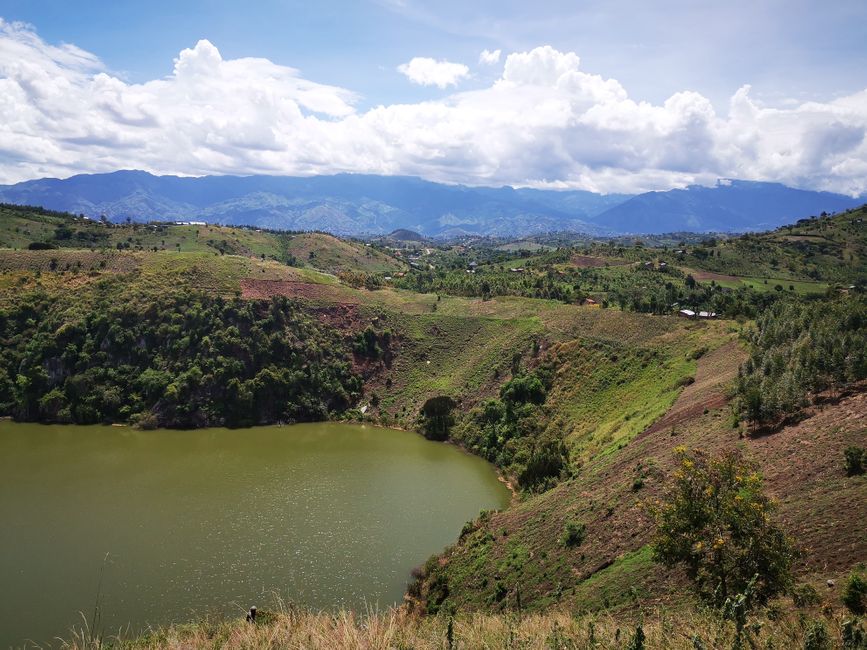
Მოგზაურობის ანგარიშები Უგანდა

